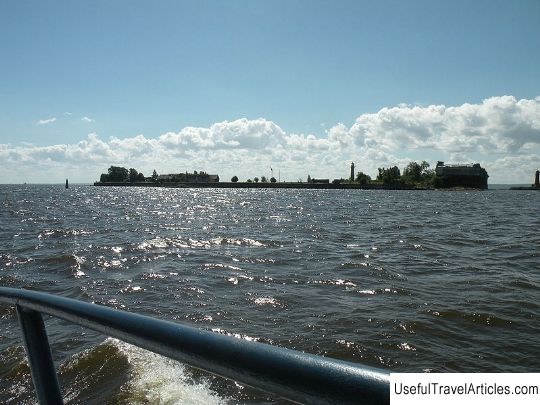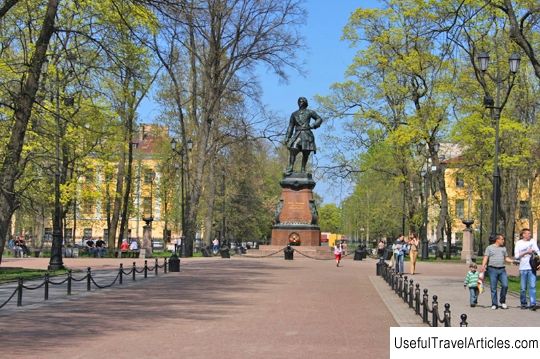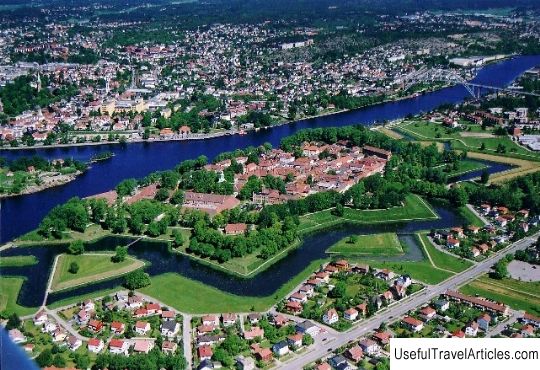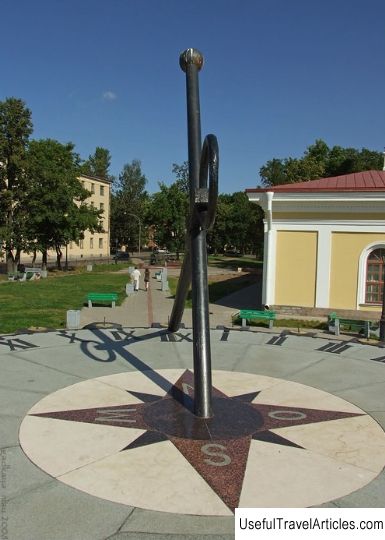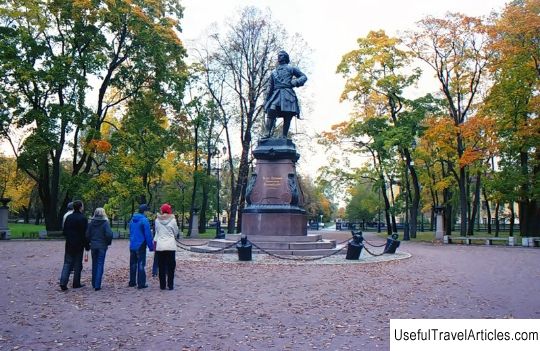Kronstadt fortress description and photo - Russia - St. Petersburg: Kronstadta
Rating: 8,7/10 (900 votes) 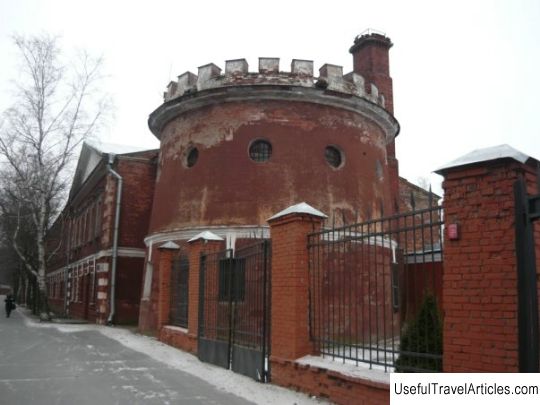
Kronstadt fortress description and photos - Russia - St. Petersburg: Kronshtadt. Detailed information about the attraction. Description, photos and a map showing the nearest significant objects. Photo and descriptionThe Kronstadt fortress was founded in 1723 by Peter I. The project of the fortress was developed by a military engineer from France A.P. Hannibal. It was assumed that the fortress would consist of several bastions, which would be connected by a fortress wall. In the fall of 1724, under the leadership of Vice Admiral P.I. Sivers began construction of the fortress. In the western part, six bastions were erected, which got their name in honor of the Butyrsky, Preobrazhensky, Ingermanlandsky, Semyonovsky, Lefortovsky, Marine regiments. The eastern part was to consist of two bastions, and the northern part of four. But under Peter I they did not have time to build them, and Peter II greatly simplified the plan of the fortress. In 1732, due to a storm, many fortifications of the western part were destroyed, which were then restored over several years. By 1734, the construction of the northern part was completed. During the reign of Elizabeth Petrovna, much more material and financial resources were allocated for the construction of the fortress. The flank profiles were changed, the construction of the eastern part of the fortress wall was completed, and the construction of naval batteries began. Due to the constant threat of war with Sweden, the Kronstadt fortress was kept on alert and modernized in armament. The war with France in 1805 and the war with Turkey in 1806 forced the country's leadership to begin strengthening the walls so that the fortress could withstand open fire. After the victory won in 1812, the peaceful life of the fortress began. But due to the constant onslaught of the elements, the wooden fortifications had to be updated all the time. A severe flood of 1824 caused an inimitable damage to Kronstadt: combat guns were damaged, many buildings were washed away, fortifications were destroyed. The restoration of the fortress lasted for six years. The fence has been completely rebuilt. In the western part, two barracks with stone semi-towers were built. On the northern side, three single-storey semi-towers were added, as well as four defensive barracks. On the eastern front, a fortification wall of a defensive barracks and an earthen rampart were erected. The harbor walls reinforced the line of defense from the south. The armament of the fortress increased several times and consisted of about 140 guns in the fortress half-towers, casemates, on the fortification rampart. Despite the complete reconstruction and rearmament, during the Crimean War, additional underwater crib barriers were erected on the northern side of the bay. The number of the garrison at the beginning of the 19th century numbered more than 17 thousand people, but after the reconstruction of the fortress, the barracks fund reached 30,000 places. In the arena, which was attached to one of the defensive towers in the northern part, in peacetime they showed performances, arranged children's Christmas trees, read scientific works, and with the advent of cinema, they showed films. Nearby, the church of the Holy Equal-to-the-Apostles Grand Duke Vladimir was built and a garden was laid out. During the Great Patriotic War, the only road that connected besieged Leningrad with the country began from Kronstadt. Remains of military fortifications have survived to this day. On Vosstaniya Street, the "Small Road of Life" monument was erected, which reminds of the events of wartime. Today, in the Kronstadt fortress in the defensive barracks, there is a naval school of the Navy, the Naval Cadet Corps, the rest of the barracks, it is used as hostels and for housing services of the Navy. Such structures as a protective dam, batteries No. 1-7, half-towers No. 1-3, defense barracks No. 1-5 are included in the list of historical and architectural monuments protected by the state.  We also recommend reading Plaza Mayor description and photos - Spain: Madrid Topic: Kronstadt fortress description and photo - Russia - St. Petersburg: Kronstadta. |
